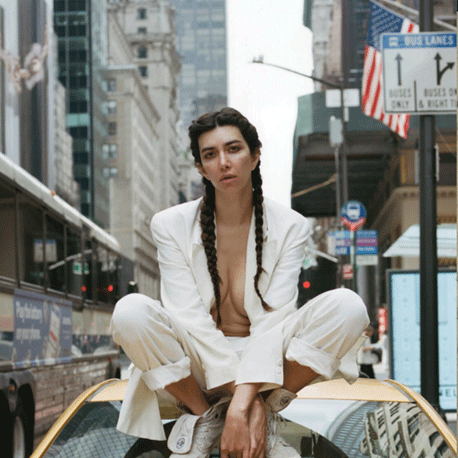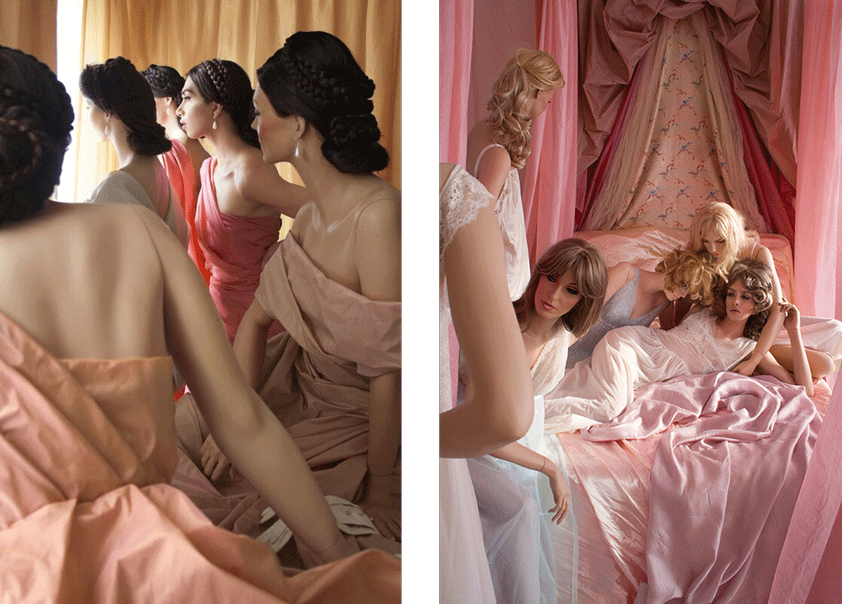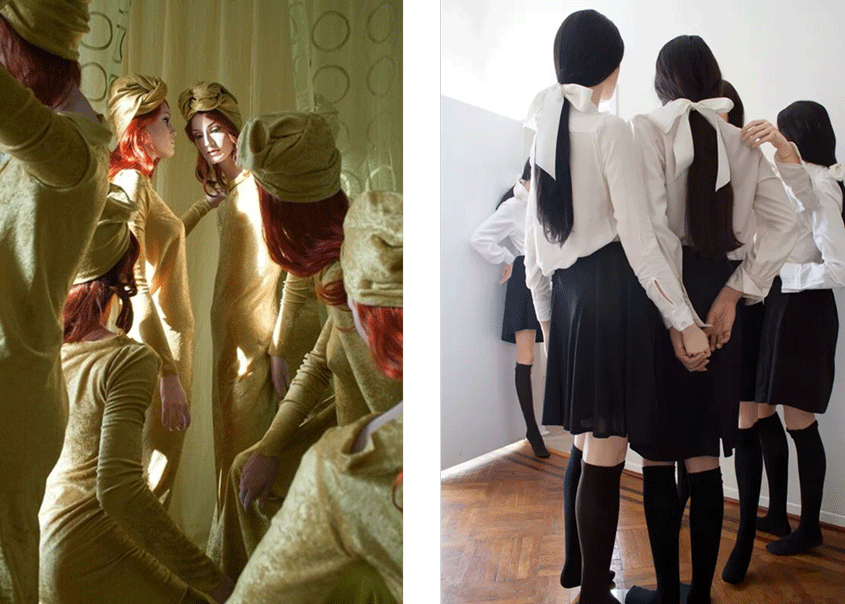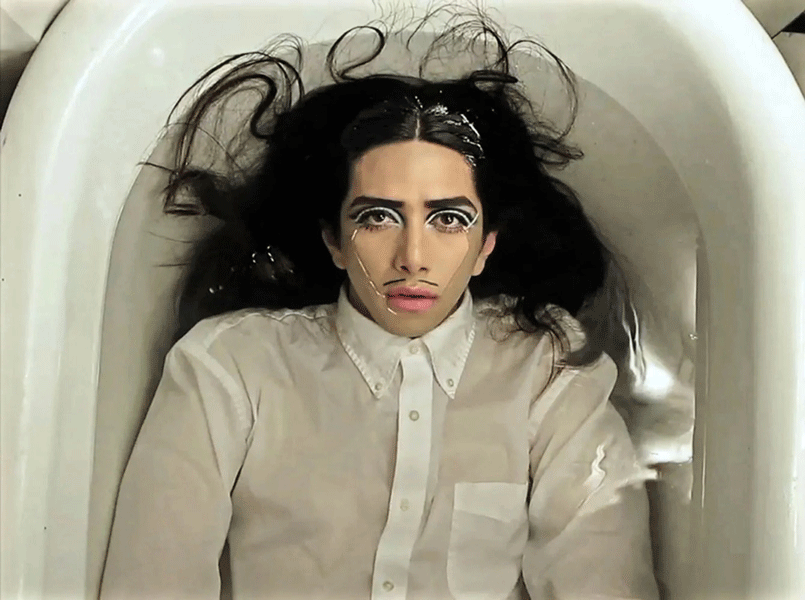The influx of queer art that particularly references the body and underscores its absence, has simultanesouly introduced queer aesthetics and the queer gaze and undermined fixed understandings of sexuality and gender identity. The constant struggle against the fetishization, objectification and erasure of trans women has necessitated trans-identifying women artists to use their own bodies as subject matter to question, and negotiate issues of representation and their position in the white cis-hetero male-dominated contemporary arena of the visual arts.
Identifying as a non-binary trans woman, Martine Gutierrez is a multidisciplinary visual artist whose works span photography, performance, video and installation. Exploring the nuances of gender, race, class and sexuality through her personal Mayan heritage, Gutierrez embarks on undercutting traditional notions of beauty and unsettling pop-cultural tropes. As author of Indigenous Woman (2018), Gutierrez’s interest in blurring the boundaries of binaries and the interpretations of gendered images in gender normative societies, often lead her to play with the viewer’s expectations and perception of reality.

In the Girl Friends (2014) series, Gutierrez juxtaposes herself and a mannequin staged to appear as Hollywood film stills of two starlets in intimate black and white images. In contrast to the Girl Friends series where there is only a juxtaposition between Gutierrez and a mannequin, the Line Up (2014) series features Gutierrez receding and assimilating into a group of mannequins. In this series, the artificial not only dominates the real but erodes the ability to easily recognize the real.

At first glance the two series appear to perpetuate idealized femininity and the ideal female body, given that mannequins represent the archetype of beauty and the unattainability of bodily perfection, particularly when compared to the reality of the female human body. Furthermore, mannequins are often modelled to the bodies of white cisgender women, however, Gutierrez is an Indigenous transwoman. Playing on the distinction between the anatomy of the performer and the gender that is being performed, both the Girl Friends and Line Up series are a subversion and denaturalization of accepted gender truths, revealing that those truths are both socially constructed and contingent.

“I think one of the recurrent persona’s my work’s been spiralling around is that of the ‘Supermodel’. She physically embodies ethnographic ideals through the eyes of the oppressive culture on a hyperbolic level. The Supermodel isn’t just skinny and tall—she’s epitomized as perfection. It’s all so ingrained within cis culture that anyone who is Trans or non-gender binary is forced to maneauver through the Supermodel propaganda as well,” says Martine Gutierrez in an interview with Autre.

In all her works, Gutierrez is artist, subject and muse, allowing her to visually communicate that she not only exists, but more importantly that she controls how she is seen. Reclaimed agency is a vital tool for feminist queer photography and the politics of visibility and it is often used by marginalized groups (in this case gender minorities), as it grants opportunitities to reshape the self as both a subject and a social being who is not singularly involved in the production and reproduction of cultural products but also the transmission and transformation of social and cultural values.

The works of Martine Gutierrez are in support of the United Nations Sustainable Development Goal of Gender Equality as it prompts discussions about the complex intersection of image and gender politics and offers commentary on trans (in)visibility. Trans women are constantly denied access into the realms of “real” womanhood and have subsequently been cast into a state of partial gendered existence. When placed next to mannequins, we as the audience encounter Gutierrez’s realness as a person, as a woman, and are moved toward inviting and accepting that realness.
In her book Undoing Gender (2004), American philosopher and gender theorist Judith Butler writes about the consequences of being perceived as unreal, lamenting that “to be called unreal, and to have that call, as it were, institutionalized as a form of differential treatment, is to become the other against which the human is made. It is the inhuman, the beyond the human, the less than human, the border that secures the human in its ostensible reality. To be called a copy, to be called unreal, is thus one way in which one can be oppressed.”

Identities are no longer fixed and static but have increasingly begun to embrace the inherent complexity and fluidity of gender identity. Mediating the gendered gaze, Martine Gutierrez uses queerness as an overlapping identity and as a position of critique to evaluate binary categorizations of gender that have actuated bodies to continuously engage in internal and outward performances of social gender norms.
See more artworks by Martine Gutierrez here.
